While I would never miss a game drive, I am told by those who decide to rise late that there is plenty of life around the camp in the first part of the morning. Once we get back from the game drive and have had “brunch”, everyone usually retires to relax and chat, read or has a midday snooze. For me there is too much to see. I can sleep once I am back in the “big smoke”. One of my favourite pastimes around the camp is to seek out the bird bath. Normally, this is a piece of smoothed granite which has a concave basin to it. I make sure it is filled with water and then wait!!
“For man, as for flower and beast and bird, the supreme triumph is to be most vividly, most perfectly alive.”
– D. H. Lawrence
Sitting quietly and not too close, you will be amazed at the variety of birds and animals that come to drink from the bird bath. Besides birds, you will see visitors such as Baboons, Vervet Monkeys, Warthog and Tree Squirrels. I never saw either a Tree or Rock Hyrax (Dassie) drinking from the birdbath, despite there being many around the camp.
Often in the early morning while having a cup of coffee and a rusk before the morning game drive, we would find Leopard spoor around the birdbath, so I guess the Leopards also drink from it. Presumably, the Hyaenas do too, especially in winter when it is so dry.
I was treated to quite a spectacle from the Mashatu birds around the camp in February. It was hot during the day so the Waxbills, Firefinches and quite a variety of other birds flew in to drink, every hour or so.
One of the best ways to photograph Blue Waxbills is around a bird bath. In the bush, they are very difficult to photograph because they are always moving and flying away in front of you and the perspective from a vehicle is not ideal for such small birds. This first image was taken of a Blue Waxbill beneath the bird bath.

It was hot at midday around 35 degrees centigrade so almost all of the birds took the opportunity to bathe as well as drink at that time.
Getting an image of one “bluey” was great, but then two came down to drink at the same time.
Then three…
Red-billed Firefinches also came down to drink. Superficially, they look similar to Jameson’s Firefinch but their bills are red and their bellies are beige to light brown not ruddy/black. The female Red-billed Firefinch is very different to the female Jameson’s Firefinch as it is beige and not a ruddy orange colour.
“There is nothing in which the birds differ more from man than the way in which they can build and yet leave a landscape as it was before.”
–Robert Lynd


“You can’t be suspicious of a tree, or accuse a bird or a squirrel of subversion or challenge the ideology of a violet.”
–Hal Borland
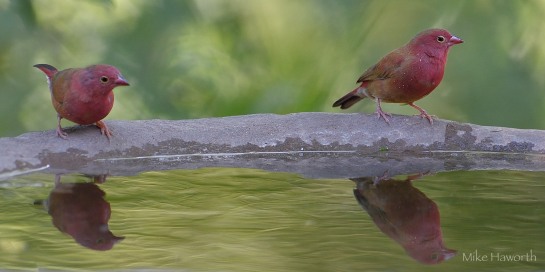
The next image is of a Southern Masked Weaver. This particular Masked Weaver had a black mask which stretched down its throat onto its breast. This is similar to Spotted-backed Weaver but the Southern Masked Weaver does not have spotted back and is slightly smaller. It was not a Lesser Masked Weaver as its black mask extends over its forehead to the top of its head and it has a white and not a red-eye.
Southern Masked Weaver and his mate. The long black throat of this Masked Weaver made me think its was a Spotted-backed Weaver at first but the female was the give away showing the pair to be of the Southern Masked variety.

Honeyguides feed on wax and bees and were given their name because this bird guides people to beehives. The non-guiding species are called Honeybirds. The next image is of a Lesser Honeyguide.
The Lesser Honeyguide feeds on a wide range of insects, including Honeybees and the honey they produce. It is a brood parasite, laying mainly in Barbets nests, and it can lay about 18-20 eggs during a breeding season. As romantic as their name might be, Honeyguides have a savage side. Beyond being brood parasites, the Honeyguide chick has an especially curved sharp beak which it uses to kill its host’s chicks even when all the chicks eyes are still closed. After about a week, when the Honeyguide chick has disposed of its hosts eggs or chicks it loses the sharp hook at the end of its beak-quite incredible evolution.

The Crested Barbet, is sometimes called the “Marmalade bird” for obvious reasons. You will not find the lesser Honeyguide and Crested Barbet together as the Lesser Honeyguide is parasitic much like a Cuckoo, laying its eggs in the Barbet’s nest once they fly off to feed. They are serious enemies.
“Colour is my day-long obsession, joy and torment.”
– Claude Monet

Green Bulbul or Yellow-bellied Bulbul. This was a first for me. I have never seen a Green Bulbul before. At first I thought it was an Eastern Nicator but they are not found in Mashatu and their eye is white with a black eye ring.

There were plenty of Meves or Long tailed Starlings around the camp. These are very talkative birds and are also quite cheeky around the bird bath chasing all the smaller birds away.
I could hear them coming. A small flock of Arrow-marked Babblers dropped in for a drink. They did not stay long but it was a noisy drink. Surprisingly, not all of the flock stopped to drink. You also find Pied babblers in Mashatu but I have never seen them in camp.
Female Green winged Pytilia. Its previous name was Melba Finch. The female is colourful but the male is stunningly coloured with his red forehead and throat and orange chest.
This Red-billed Buffalo Weaver was a frequent visitor to the bird bath and was also the most active bather.
Neighbourhood drinking spot! A Jameson’s Firefinch drinking right next to a Lesser Honeyguide.
Size is an important differentiator in nature but this Lesser Honeyguide seemed quite relaxed with the smaller Jameson’s Firefinch right next to it.
“I have not yet lost a feeling of wonder, and of delight, that the delicate motion should reside in all the things around us, revealing itself only to him who looks for it.”
― Edmund Burke
A male and female Jameson’s Firefinch with their distinctive blue-black bill colour and red-pink nape and mantle. Jameson’s could be mistaken for an African Firefinch which also has a blue-black bill but the latter has a greyish back, nape and crown and a black belly.

The Estrildidae family, which includes Finches, Waxbills, Twinspots and Mannikins, offer an array of some of the most colourful birds you will see in the African bush. They are all small, conical billed and gregarious seed-eaters.

The Firefinches are often the host to brood parasites such as Indigo birds. I have only seen Indigo birds down along the main rivers in Mashatu never around the camp.

One aspect that was very evident in the images in this post was the variation in light falling on the birdbath. It was situated under a large tree so the light was always changing but I think that is part of the charm.
There were many other birds seen and heard around the camp but I did not see them come down to drink from the bird bath. The most frequently seen and heard birds around the camp where the Cape Turtle Doves, Black-eyed Bulbuls, Laughing Doves, Red-eyed Doves, a Black Headed Oriole, a Tropical Boubou, a Woodland Kingfisher, Grey Louries and a Golden-tailed Woodpecker. The odd Crested Francolin would also wander through camp.
“The most beautiful thing we can experience is the mysterious. It is the source of all true art and science. He to whom the emotion is a stranger, who can no longer pause to wonder and stand wrapped in awe, is as good as dead —his eyes are closed.
The insight into the mystery of life, coupled though it be with fear, has also given rise to religion. To know what is impenetrable to us really exists, manifesting itself as the highest wisdom and the most radiant beauty, which our dull faculties can comprehend only in their most primitive forms
—this knowledge, this feeling is at the center of true religiousness.”
― Albert Einstein
Explore, seek to understand, marvel at its inter-connectedness and let it be.
Have fun,
Mike




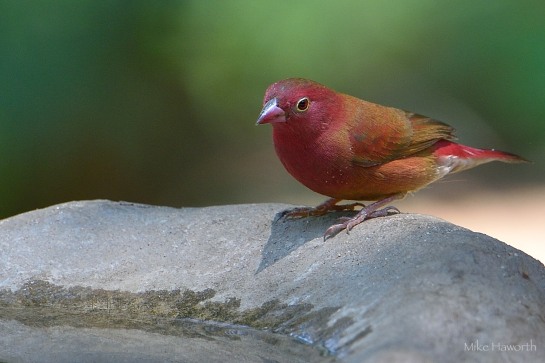


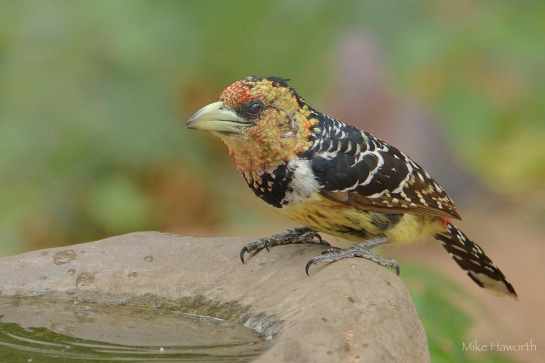
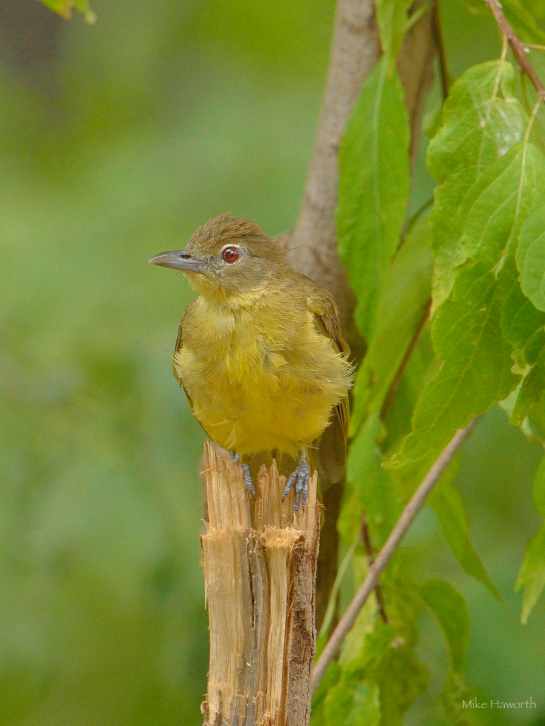

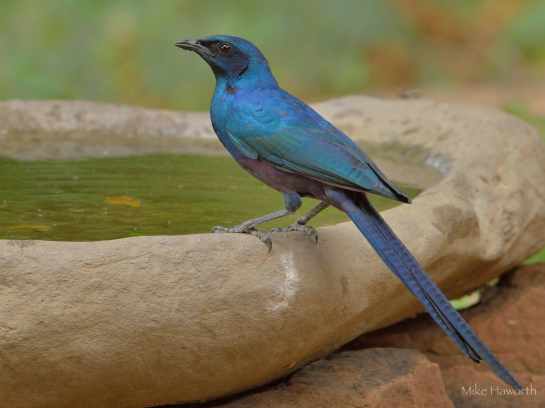




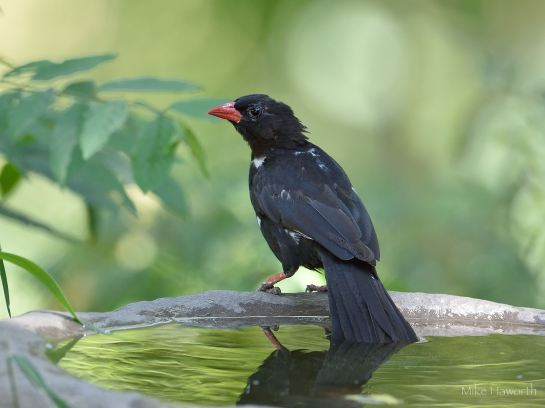



Howie. I have again learnt something new about these small beauties. I never knew the difference between the Jamiesons & red billed before. Thanks for teaching me through this wonderful hobby of yours. I always delight in sharing your photography . It’s amazing what the camera lens picks up as opposed to our eyes. How I love your work. Keep them coming!
Mick
Thanks Mick – photography and blogging dictates that you do some research, especially where birders are involved – haha! It was wonderful sharing some time with your in Mashatu.
What a nice collection of birds Mike. I love the Barbets and Fire finches. Thanks for the educational session as well. Enjoy.
My friend I am glad you enjoyed it. I know you love your avian friends. I am looking forward to seeing some Kalagadigadi images?!!
Hi Mike – I shared the link to this blog with one of my colleagues who is a very keen birder – he queried the ID of the lesser honeyguides and thought that they were rather southern grey-headed sparrows? Any thoughts on this? Really enjoy your blog. Love to Helen
Hi Rene, Great to hear from you. I think your friend is right. The Lesser Honeyguide has a greener tinge to the brown colour top of its primaries and back whereas the Southern Grey-headed Sparrow has a redder brown tinge to the same parts. Please thank your friend for his correction. I am learning all the time and really appreciate the correction as I am trying to be as accurate as possible. I never realised the two species looked so alike. The Honeyguide also has a distinct beak shape. Have fun, Mike.
I will pass on your message to Mike. FYI – he also writes a blog http://www.buckhambirding.co.za
Thanks Rene – I will have a look at Mike’s blog! Have fun!!